In today’s fast-paced world, our homes have become more than just a place to rest. They are our sanctuaries, our havens. The importance of creating a harmonious and health-boosting environment within our homes cannot be overstated. One key aspect of creating such an environment is through thoughtful interior design. This article delves into how interior design influences mental health and provides tips on creating spaces that enhance our wellbeing.
Image: @simplysanfordco
Decoding the Connection between Interior Design and Mental Health
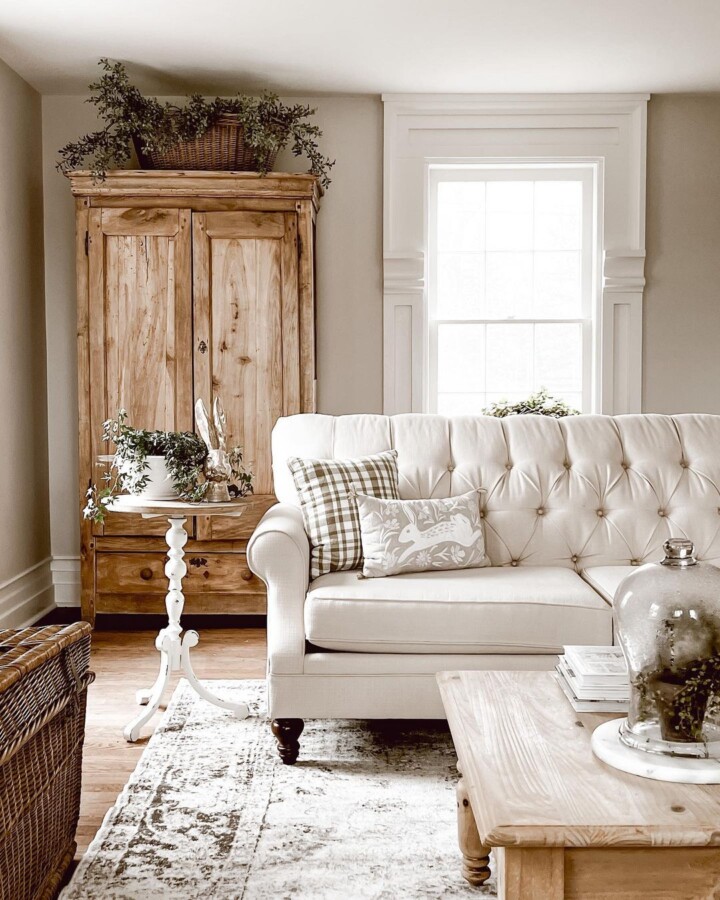
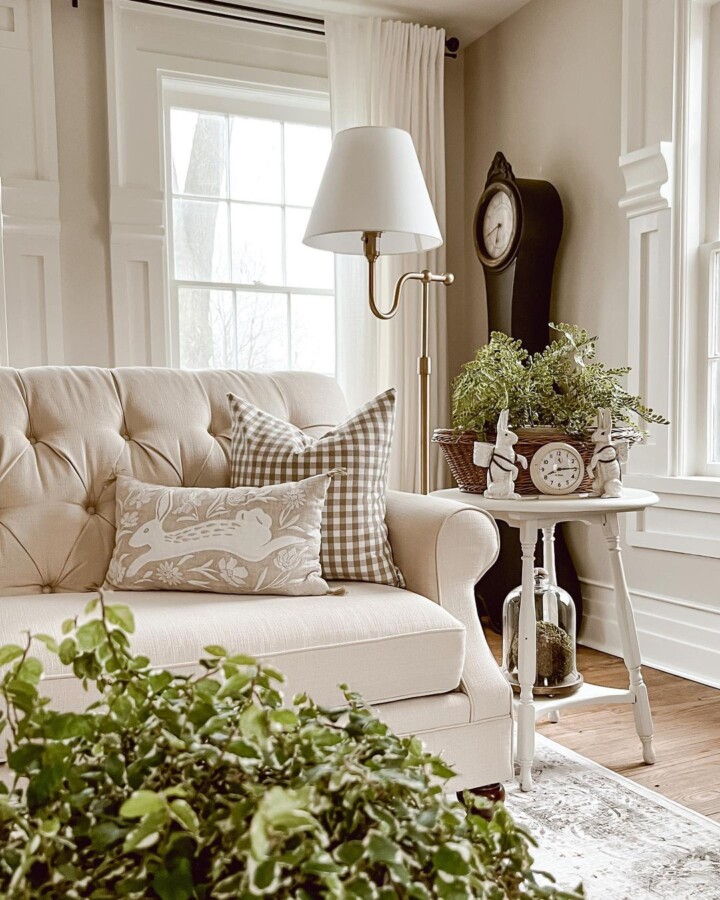
Images: The Cole Farmhouse
Can the layout of a room or the color of a wall impact our mood? Surprisingly, yes. The principles of interior design play a vital role in influencing our mental health, affecting our emotions, behaviors, and overall wellbeing.
Quote: “Our indoor spaces are our havens, and we have an emotional and mental connection to them.” – Unknown
The Science Behind Design and Psychology
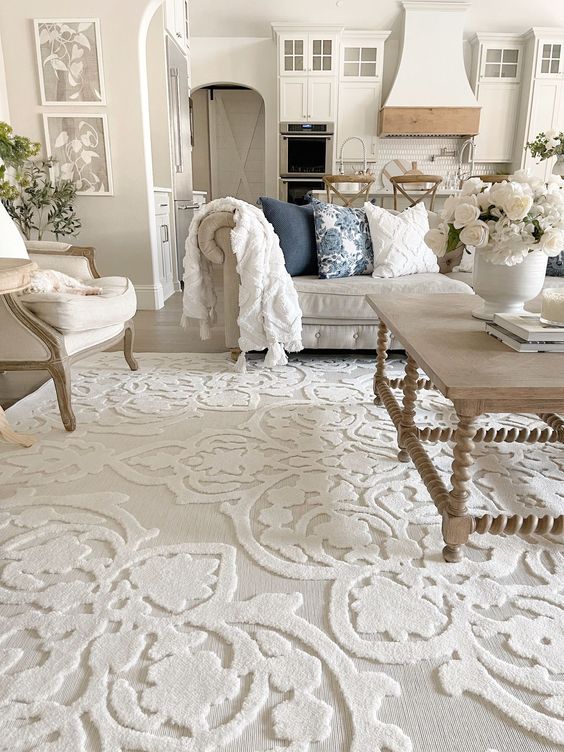
Interior design is not just about aesthetics. It’s a blend of art, science, and psychology. Interior designers use knowledge from psychology to create spaces that promote positive emotions and improve mental health. For instance, seating arrangements that promote communication, elements of nature that induce relaxation, and spacious layouts that evoke a sense of freedom are all strategic design choices grounded in psychology.
Recognizing the Importance of Mental Health in Design
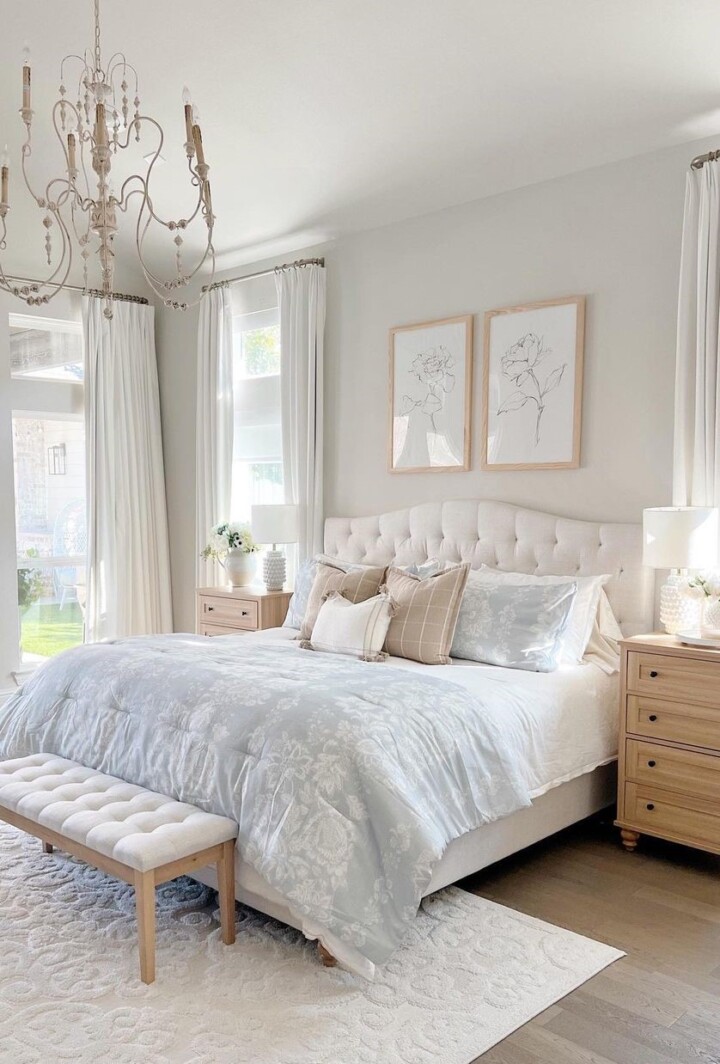
Images: My Texas House
As urban dwellers, we spend a substantial amount of our time indoors, making it vital to consider how interior design affects our mental health. A well-designed space can have positive effects on our mood, productivity, and overall wellbeing.
The Power of Good Design: Function, Clutter, and Spaciousness

Good design is one that caters to the needs of its users. It’s a delicate balance between aesthetics and functionality. Let’s explore three critical elements of good design: function, clutter, and spaciousness.
Function: The Heart of Good Design
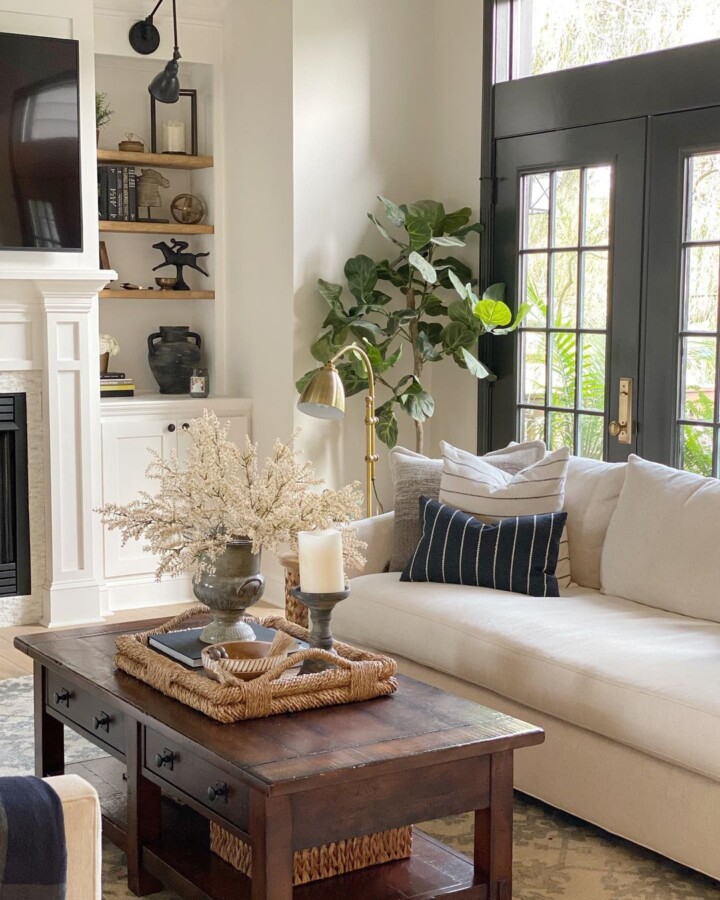
Images: dekorkate
The primary function of interior design is to create a space that serves the needs of its users efficiently. Good design is invisible; it subtly enhances our lives without us realizing it. However, bad design is more noticeable as it can hinder our day-to-day activities.
The Impact of Clutter
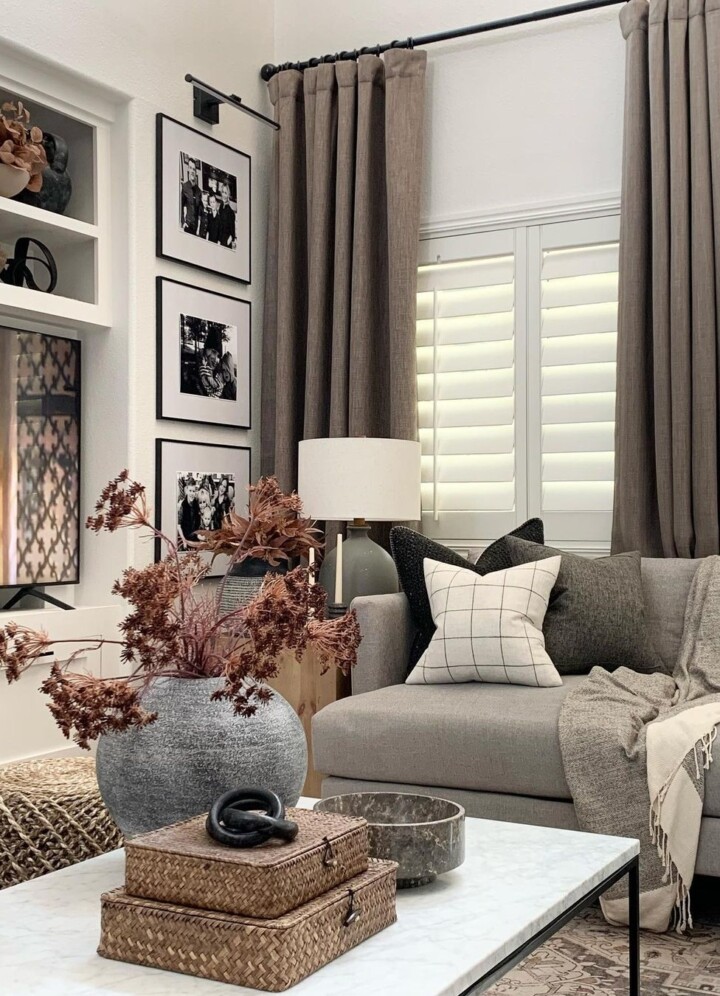
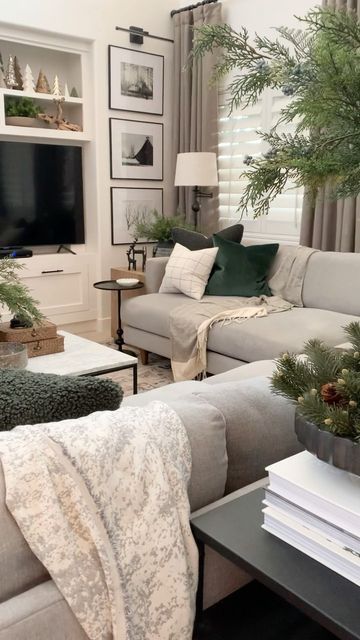
Images: Jaime Lee
Clutter can create feelings of stress and anxiety. A study found that the cortisol levels (a stress hormone) of mothers increased when they were surrounded by clutter. Thus, maintaining a clean, organized space is crucial for mental health.
The Essence of Spaciousness

Spaciousness is a key component of happier spaces and elevated moods. A study found that people tend to be more creative in rooms with higher ceilings. Such findings emphasize the importance of creating spacious, open interiors for improved mental wellbeing.
The Role of Balance, Sunlight, and Color in Interior Design

Balance, sunlight, and color are three additional elements that have a direct impact on our mental health. Let’s explore each one in detail.
Creating Balance and Consistency
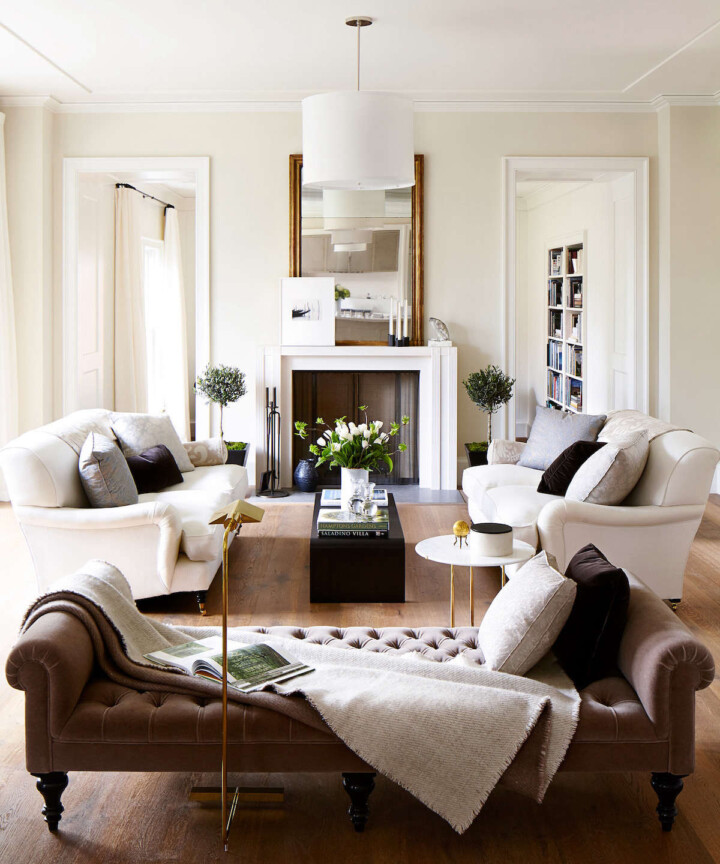
Image: Chambers + Chambers
Achieving balance in a room can make you feel comfortable and at ease. It’s about creating a sense of unity where all the elements in the space feel like they belong. Cohesion is important because it makes rooms easier to digest, allowing us to feel calmer when we’re in the space.
The Power of Sunlight
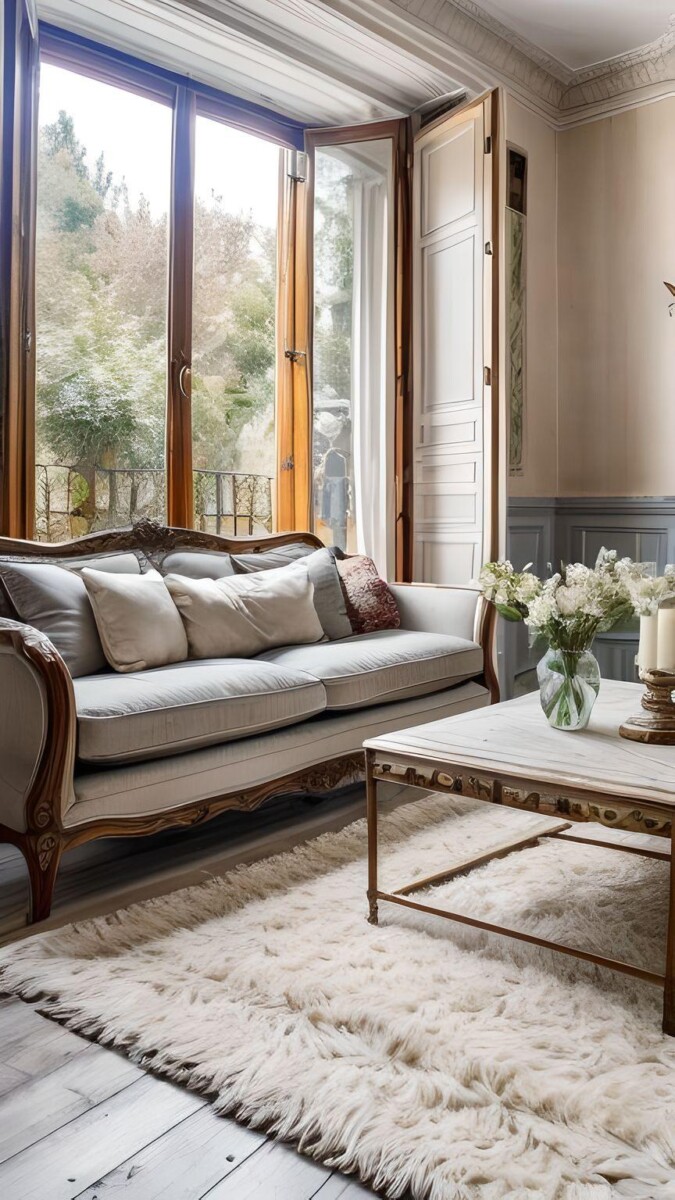
Sunlight is a mood lifter. More sunlight in rooms can boost happiness and reduce depression. A study found that daylight was a crucial factor in increasing sales volume in retail settings. Thus, when designing your spaces, it’s important to introduce as much natural light as possible.
Color: A Powerful Mood Influencer
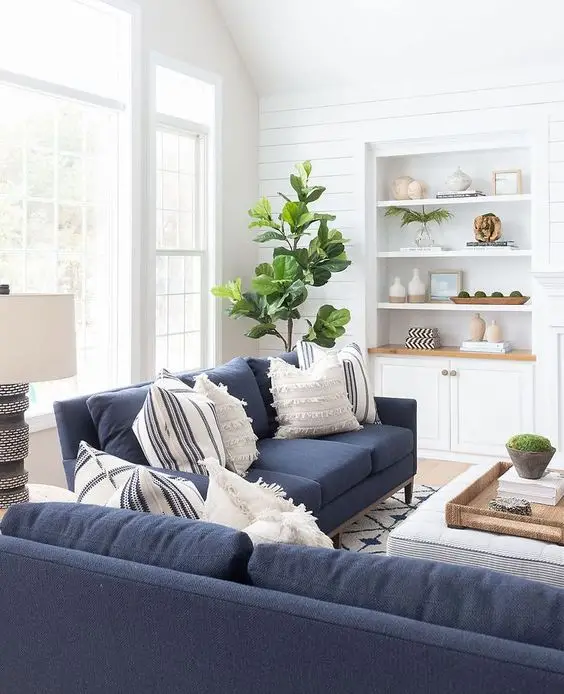

Images: HOMES & GARDENS / Dominic Blackmore, Stephanie Kraus
Color has a potent impact on our mood. Decades of research confirm that certain colors consistently evoke particular emotional responses. Warm colors like reds, yellows, and oranges can make us feel physically warmer, while cool colors like blues and greens can make us feel cooler.
The Best Mellow Yellow Interior Design Ideas for a Bright and Happy Home
The Impact of Blue Light, Shapes, and Nature on Our Mental Health

Image: Nina Gee
Blue light, shapes, and nature are three more factors that influence our mental wellbeing. Each of these factors plays a unique role in shaping our interior environment.
The Effect of Blue Light
Blue light, the kind emitted from electronic screens, can have detrimental effects on our mental health. An NIH study suggests that long exposure to blue light can worsen visual fatigue and nearsightedness, and even impact the quality of sleep.
The Influence of Shapes

The shapes of furniture and other objects in a room can evoke an emotional response. Jagged edges and sharp points, if overused, can cause anxiety, while rounded edges allow our nervous system to relax.
The Power of Plants and Flowers
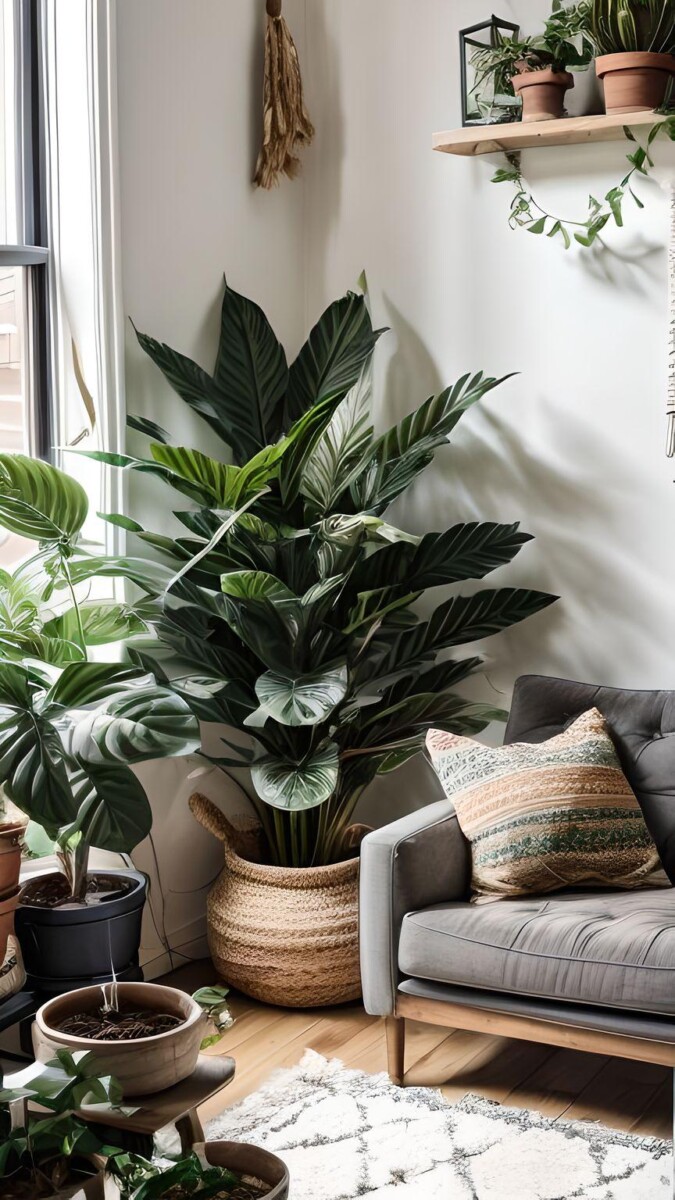
Bringing nature into the home through plants and flowers can significantly improve mood. A study found that the presence of plants improved concentration, memory retention, and reduced stress.
The 10 Most Beautiful Looking Indoor Plants That Are Easy To Take Care
Design for Mental Health: A New Perspective
Interior design is not just about creating beautiful spaces; it’s about creating environments that promote mental, physical, and emotional wellbeing. By strategically using the principles of design, we can create spaces that enhance our mood, improve our productivity, and contribute to our overall mental health.
Interior Design and Neuroscientific Research
Neuroscientists are now joining forces with architects and interior designers to scientifically test the influence of design elements on our brain and body. This groundbreaking research is paving the way for creating homes that optimize our physical and mental health.
The Future of Interior Design and Mental Health
As the world becomes more aware of the importance of mental health, the role of interior design in promoting mental wellbeing is gaining recognition. With the rise of remote working and the increased time spent at home, the need for homes that boost our mental health has never been greater.
By understanding the profound impact of interior design on our mental health, we can make informed decisions when designing our spaces. Whether it’s choosing the right color for the walls, maintaining a clutter-free environment, or incorporating elements of nature, every design choice can contribute to our mental wellbeing.
Conclusion
Interior design is more than just a visual art; it’s a powerful tool that can significantly improve our mental health. By creating harmonious, functional, and aesthetically pleasing spaces, we can enhance our mood, reduce stress, and ultimately, improve our quality of life.

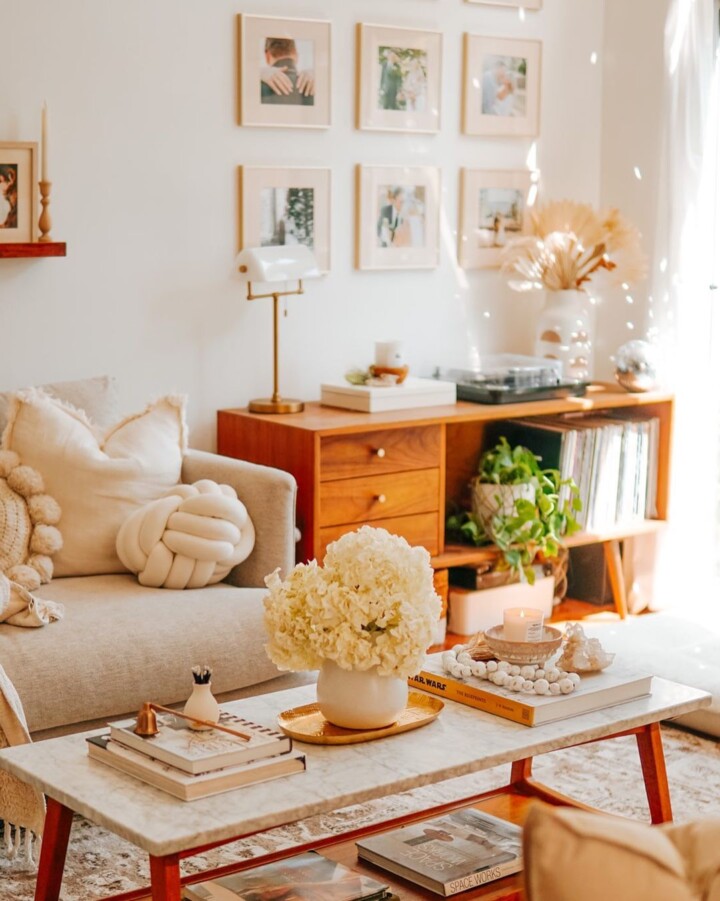
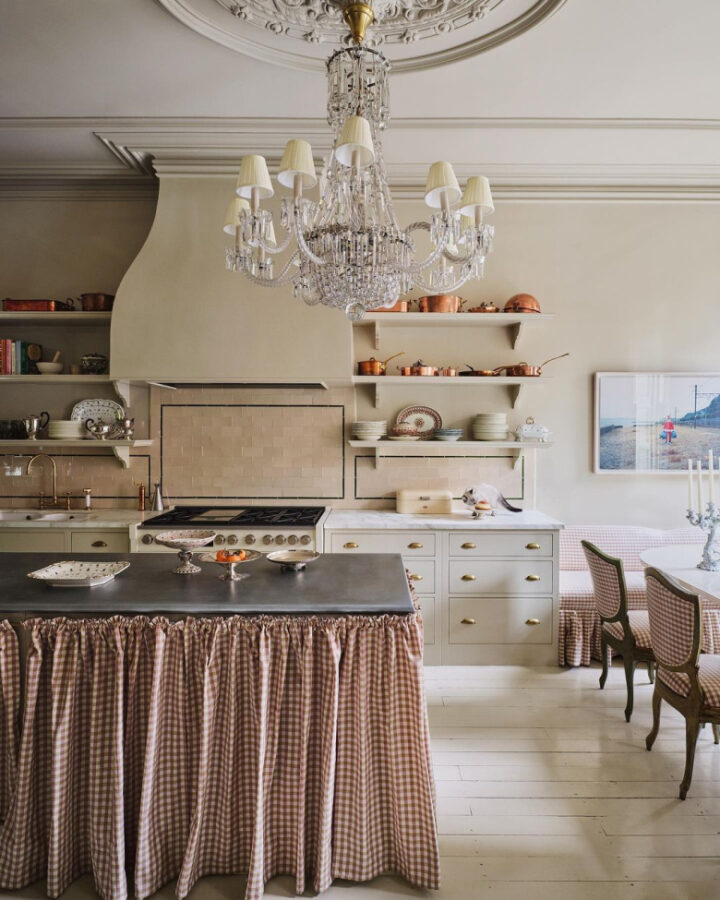


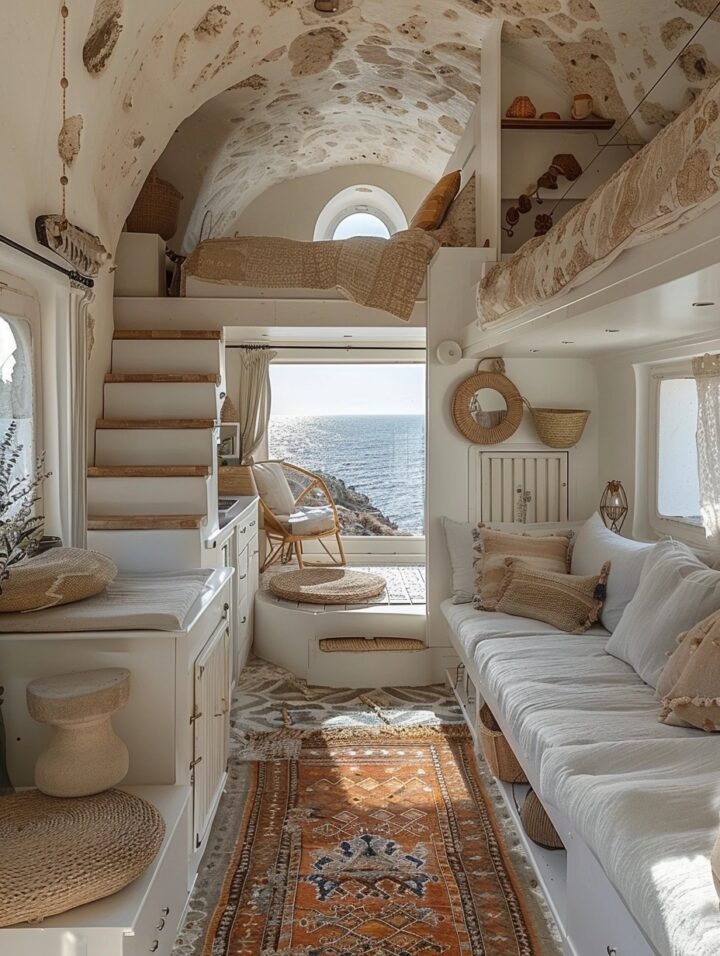
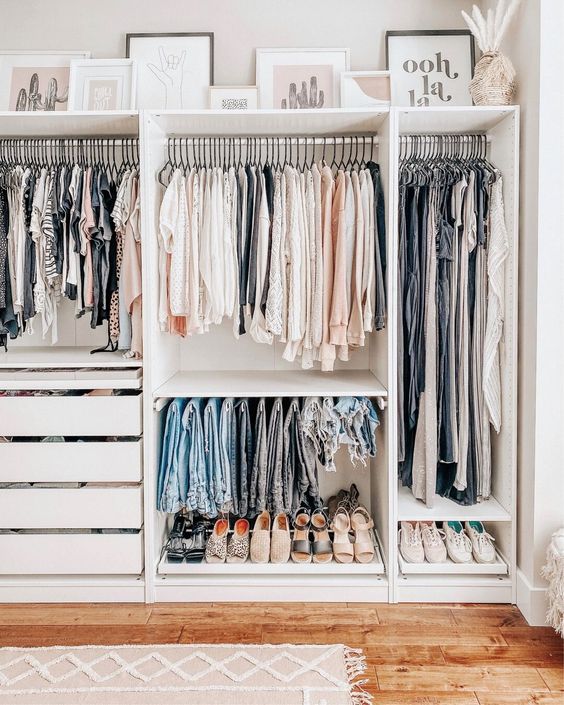
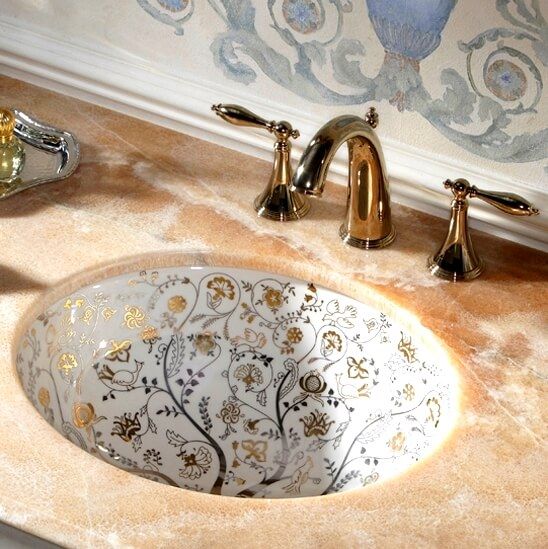
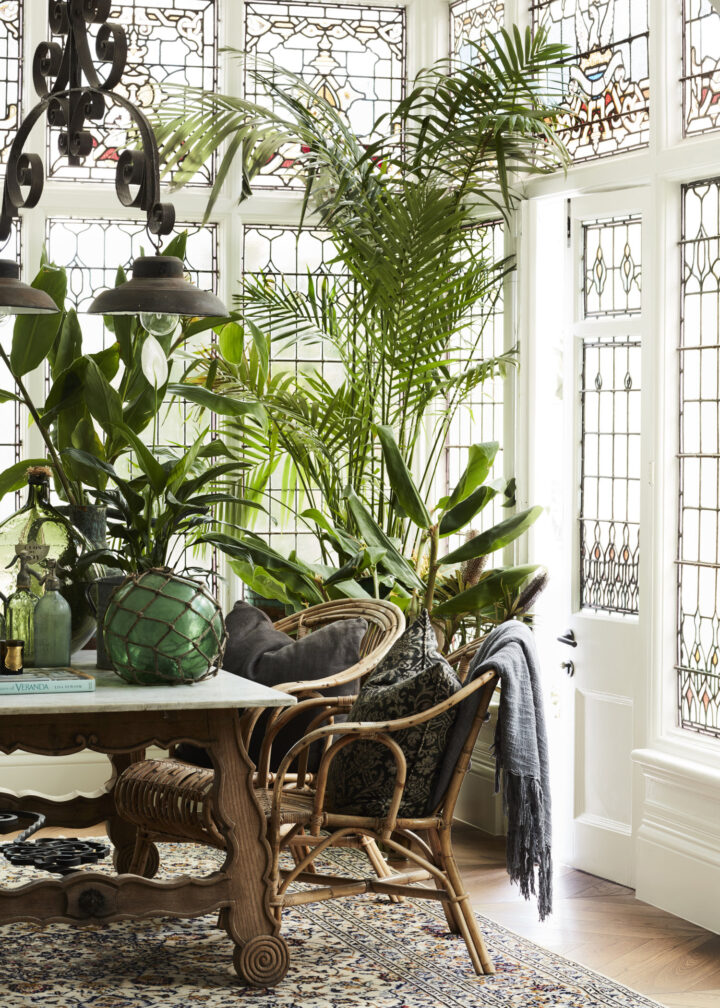

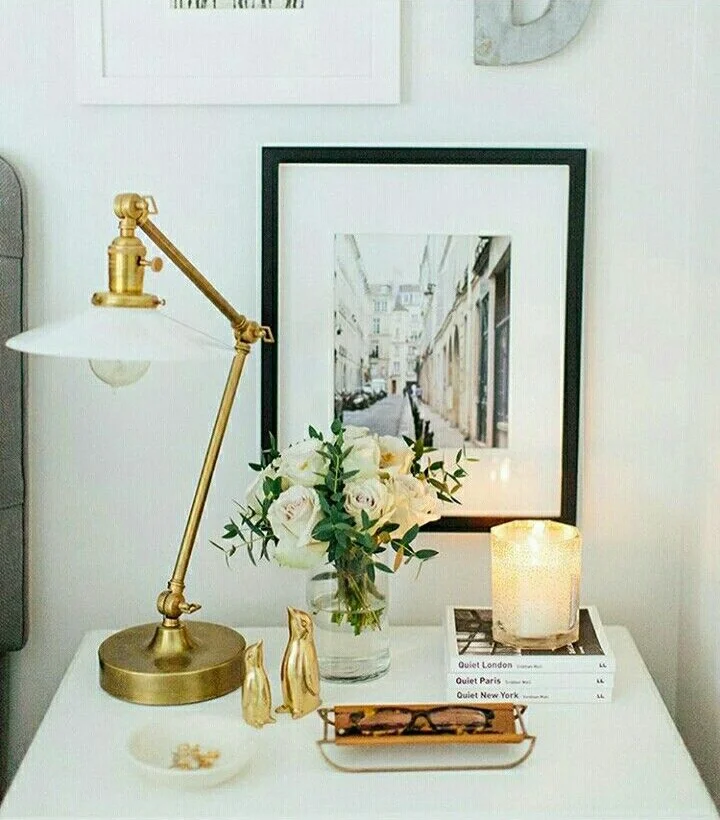

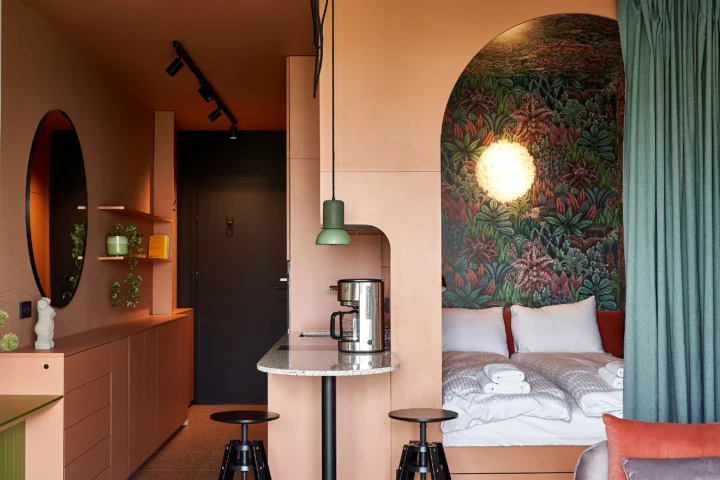

I love this aspect of interior design. It is very personal, with the potential to bring out the best in people.